Diary of a Michigan Migrant Film Worker
A Scott Shaw Zen Film
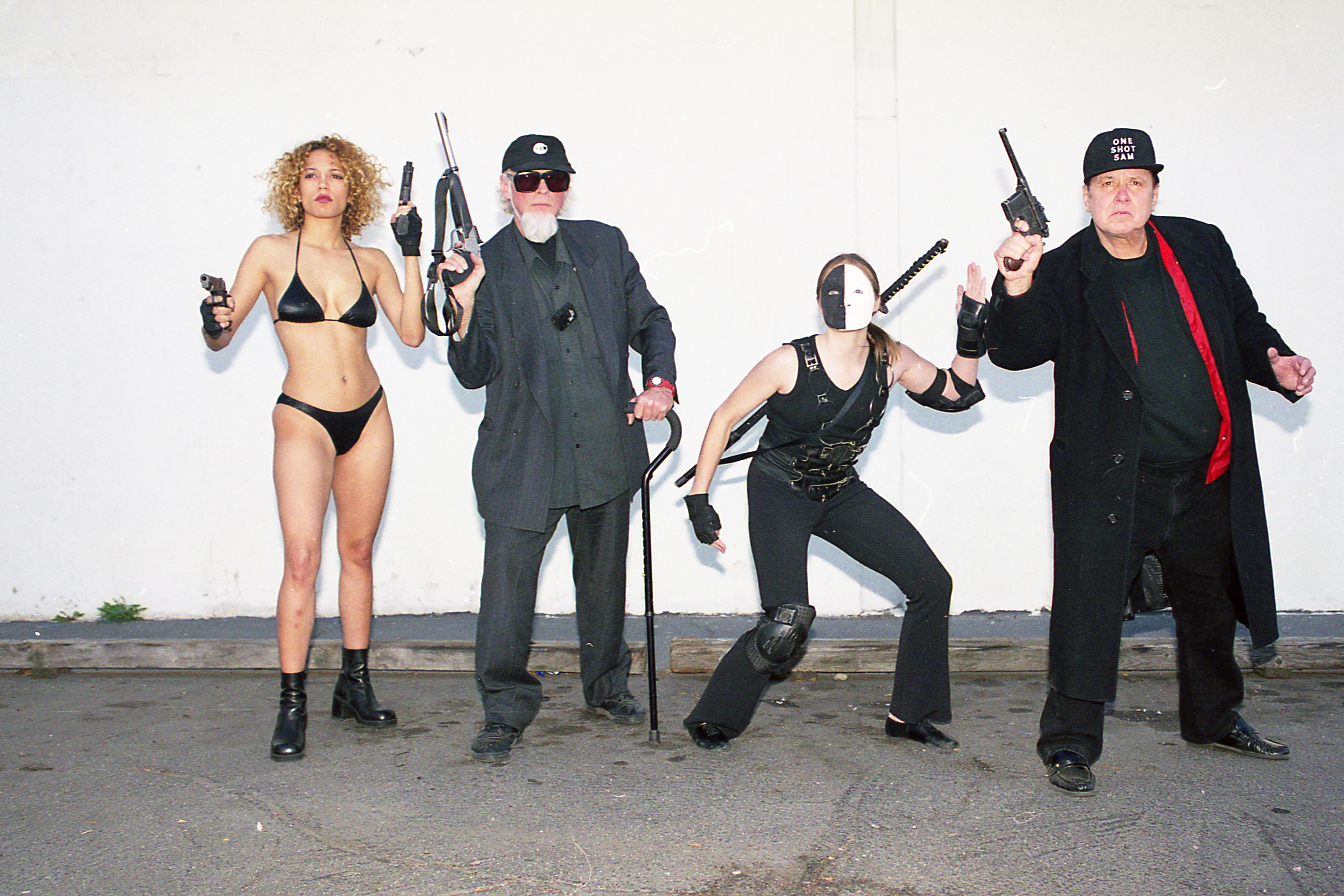
A Scott Shaw Zen Film

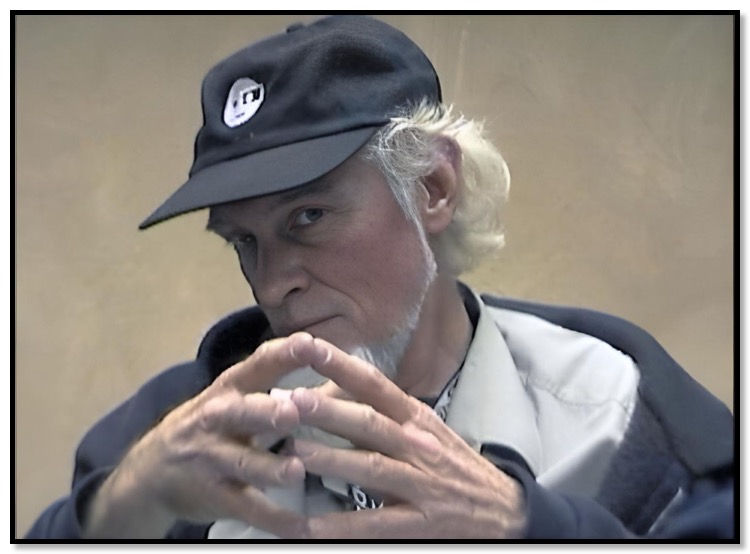
Diary of a Michigan Migrant Film Worker
A Scott Shaw Zen Documentary
In the mid 1970s, a critically acclaimed documentary, Demon Lover Diary, was created around Donald G. Jackson as he directed his first feature film, The Demon Lover AKA The Devil Master. Twenty-five year later, while making his last feature film, this documentary was filmed.
Diary of a Michigan Migrant Film Worker takes the viewer deep into the chaotic mind of this filmmaker as he explains his ideologies, philosophies, and the filmmaking techniques that he employed while creating more than thirty feature length films throughout the course of his career. In this documentary the viewer is also allowed to witness the reactions of the cast, the crew, and the filmmaker himself as he overcomes all of the obstacles laid out before him as his creates his final feature film.
TRAILER: Dairy of a Michigan Migrant Film Worker
Dairy of a Michigan Migrant Film Worker

Diary of a Michigan Migrant Film Worker DVD
Diary of a Michigan Migrant Film Worker on YouTube
Dairy of a Michigan Migrant Film Worker
By Scott Shaw
As I have recently uploaded the Scott Shaw Zen Documentary, Diary of a Michigan Migrant Film Worker, to YouTube, I thought I would extend my original essay on this film to give the viewers a more complete backstory. Here it is:
There have been a lot of negative things said and written about Donald G. Jackson. When he was alive, I too spoke a few negative words about the man as he was a troubled, frustrated, and very egocentric individual. He possessed what I call, “The Elvis Complex,” as he thought he was the center of the universe. But, in the later years of his life, I was probably his best friend, and he was a true friend to me.
When Don lay dying from leukemia at U.C.L.A. Medical Center, I visited him almost every day. Sometimes he would discuss that he hoped a true documentary would be made about his filmmaking, as the one that was created about his first feature film, “Demon Lover,” titled, “Demon Lover Diary,” was so slanted and such a rip on his filmmaking ability and ideologies. I told him; I would be happy to take on that responsibility.
Since his passing, I have released a few films that have peered into his life, his mindset, our filmmaking interactions and experiences, and the style of filmmaking that may have never been created had we had not worked together: Zen Filmmaking. These titles include: Interview: The Roller Blade Seven Documentary, Roller Blade Seven The Unseen Scenes, DGJ Q&A, Frogtown News, Cinematografia Obsesion, A Drive with Linnea and Donald, Donald G. Jackson Confessions, A Little Bit About What's Going On, Donald G. Jackson: The Conversation, among others. Though I believe that each of these films is a unique and interesting piece of historic cinema, these were never the full-on documentary about Donald G. Jackson that I planned to make.
Recently, I was looking through some behind-the-scenes footage and I began to edit it. What has emerged is the documentary I promise Don I would make. I have titled it, “Diary of a Michigan Migrant Film Worker.” This is title that he had come up with and actually spoke into the camera. I have used that segment in the opening footage of the film.
So, for all of you fans of Donald G. Jackson and his filmmaking, for those of you who liked Demon Lover Diary, for those of you who have wondered about the filmmaking chaos that revolved around the man, you can witness Donald G. Jackson as he created his last and final feature film.
Dairy of a Michigan Migrant Film Worker was released in May 2011.
Follow Up:
As a follow up: Many of the people who have viewed Diary of a Michigan Migrant Film Worker over the years, since it was first released, have asked me questions like, “Why was Don prone to those bouts of rage?” “Why was Don so angry?” And, “Why was Don so disorganized?” To answer, that was just who Don was. As I have told many of the people who have asked these questions, I could have made a very different documentary.
To explain, during this period of his life, Don was frequently having himself filmed as he lived his life and as he created his films. As such, there was a lot of footage I had to work with. For Diary of a Michigan Migrant Film Worker, I choose to focus only on the footage that surrounded him creating his final feature film.
In creating this documentary, I tried to present a true picture of the man and his filmmaking process, in association with his interactions and the thoughts and the feelings of those who took part in this film’s creation. This being said, I could have taken this documentary in a completely different direction, as there was so much explosive negativity that was taking place around the man and the film at that point in his history. But, for the person who did not know Donald G. Jackson, I felt that would simply be too limited of a portrayal. So, I attempted to walk the middle path in what the viewer is provided to witness.
To go a little bit more into depth about the backstory that surrounded the creation of this documentary, Don took on the creation of the film that possessed the working title of Blade Sisters against the recommendations of myself and other of his filmmaker friends. He committed to making a ninety-minute movie, shot on 16mm film, for sixty-thousand dollars. This is something that is almost impossible to do.
Don signed the contract that detailed this film was to possess an entirely African-America cast, except for the possible exception of one blonde Caucasian female to be viewed as a love interest. Not only did I find this extremely racist, I found it to be complete racial exploitation, as the Executive Producer certainly was not African-American nor was she attempting to make a contribution to the African-American community. She was simply focused on making money by exploiting a niche market.
It must be stated that I was and am a fan of Blaxploitation cinema. But, the marketing for this film was designed to be solely focused to the lower-income modern black video marketplace; which is why she specified that there be an exclusively African-American cast. I was completely against this stipulation. Which is one of the main reasons that I initially stepped away from participating in this project even though Don and I had been mentioned in an article about this film in Variety Magazine. In fact, after there was a big on-set blow up from the cast, based on racism, which can be viewed in this documentary, there was a filmed segment where Don, myself, and one of the leading instigators of this rebellion where in an office, on the set, and Don detailed my displeasure with this film’s stipulated foundations. The actor was in total agreement with me. I did not include that footage in the final cut of this documentary, however, as this film is not about me but Donald G. Jackson.
It also must be noted that in Chris Watson and Brad Paulson’s book about Joe Estevez, titled: Joe Estevez: Wiping off the Sheen, (Great Book), Joe details a story where I came to the aid of Conrad Brooks, who was under attack on the set, for having his face made-up black. Several of the cast blew up at this enhanced level of disrespect. Though I totally agreed with the basis of their anger, his face being painted black was not the fault of Conrad, it was the fault of Don. Thus, I interceded and safely escorted Conrad off of the set. So yes, the story in the book is true. But again, though you can witness the mayhem, I only show the final stages of this event in the documentary, as again, this film is not about me.
But, back to the progression: As I always said, Don was one of the greatest squanders of money I have ever known. Give him money and he went wild. Thus, that is what he did. As I saw what was to come, I initially stepped away from the project. It was not until the film had actually begun its initial stages of production, and was rapidly falling apart, that I finally gave in to Don’s repeated requests for me to come back on-board and co-produce and co-direct the film. This all came to pass just after the boyfriend of one of the actresses discovered his girlfriend, partially clothed, in bed with one of the lead actors where a love scene was being filmed. Apparently, the boyfriend grabbed his girlfriend, angrily taking her from the scene, and, in addition, took the filmed footage of her away from the cameraman, who was cowering in fear. Thus, Don needed on-set protection; not only for him but for the actual footage. Knowing I would never have let anything like his filmed footage be taken, he begged me to come back onboard. I agreed. My only motivation was that I hoped to help my friend.
By the time this film went into actual production, Don had squandered much of the film’s budget. In fact, there was a moment when Don had the 16mm Éclair camera taken off of the Sachtler and he put his small MiniDV cam onto the tripod. This signaled his demised. He stopped shooting the movie on the required 16mm film and switched to video, which was in complete violation of his contract with the Executive Producer. I stood there in absolute disbelief, as this was happening, as I was probably the only person on the set who understood what was actually taking place.
Note to the viewers: There are some things that you will not see in this documentary, due to the fact that I did not want a camera following me around and filming Don and my private conversations—though some of these things are alluded to in passing in the film. The most important of these goings-on was Don’s declining health. There were times when he would send the videographer away as he lay on the couch in his office, very stressed and very sick. He lay there trying to rest and regain his strength while I would go to the soundstage and attempt to put things in order. But, the film, as per Don’s preproduction antics, was cursed by an inept crew, an aggravated cast, and by a stage owner who made equipment promises that he did not keep.
Even though there was a lot of production chaos and controversy with the cast, as can be witnessed in the documentary, they all stayed on-board and Don eventually did finished the film; shot on video not on 16mm film. When he turned the rough cut over to the Executive Producer, she immediately saw that it was shot on video and refused to accept it. But, that was all Don had to offer. He had spent all of the film’s budget on who knows what? Thus, the Executive Producer sued Don, which financially destroyed the final few years of his life that he had left to live. But, it was Don who had made his choice. For the viewer of this documentary they may find a window where they can witness some of the happenings that lead to his demise.
I now write this extension, to my original brief essay about the film, as a bit of an expanded discourse for those of you who care enough to know the truth and as an addendum to the story of the final film of Donald G. Jackson. Though, as all of you Zen Filmmaking aficionados understand, I did complete a number of films that he and I had started after his passing, as well as finalizing the film this documentary was based upon.
In closing, for those of you who have wished to take a peek into the true mindset and the actual filmmaking process of Donald G. Jackson, I believe Diary of a Michigan Migrant Film Worker will provide the viewer with that insight. I trust you will enjoy it.
Copyright © 2011 and 2022—All Rights Reserved
PUBLICITY AND PRODUCTION STILLS:

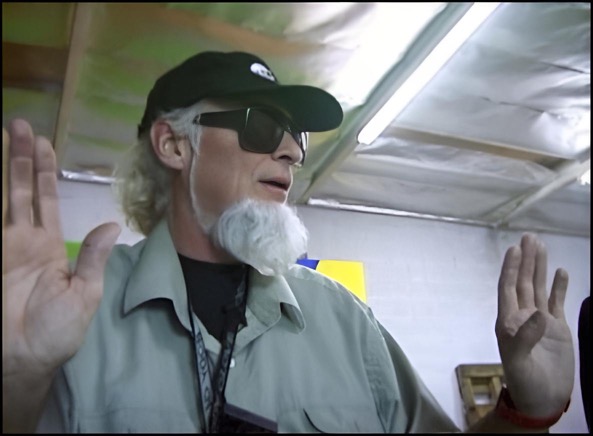
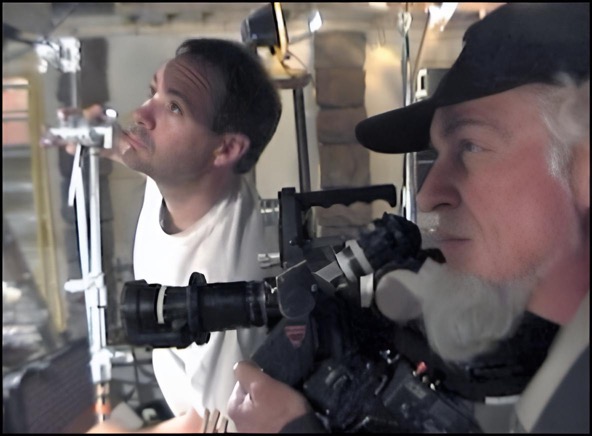
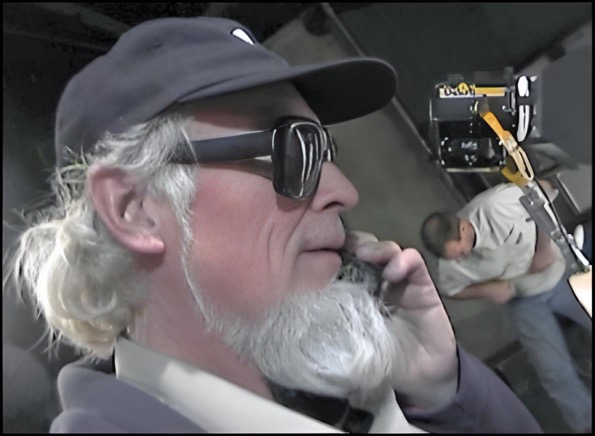
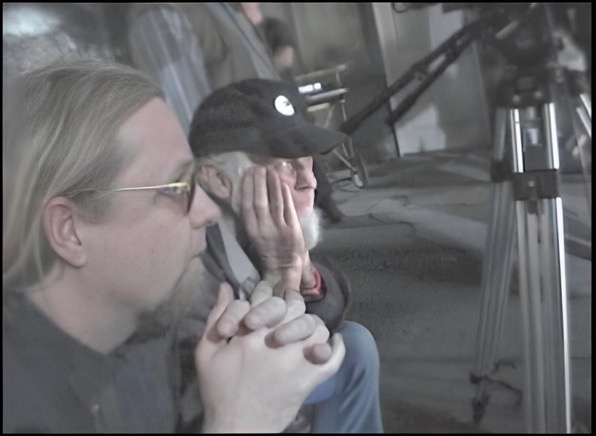

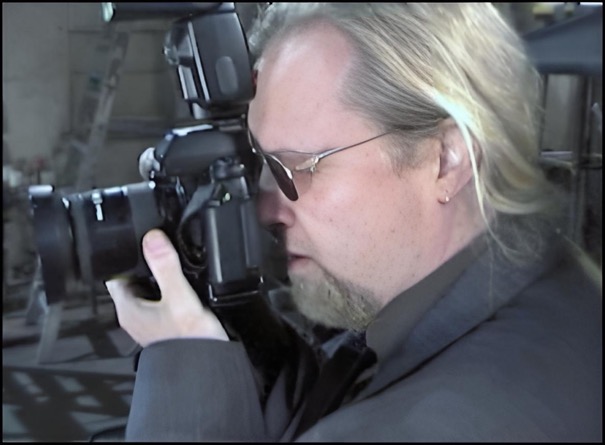

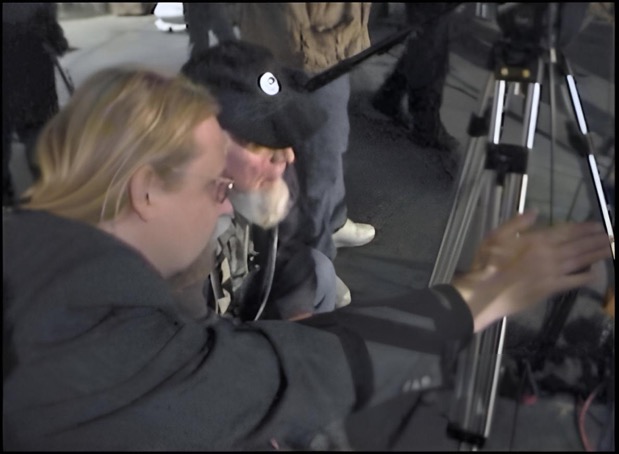

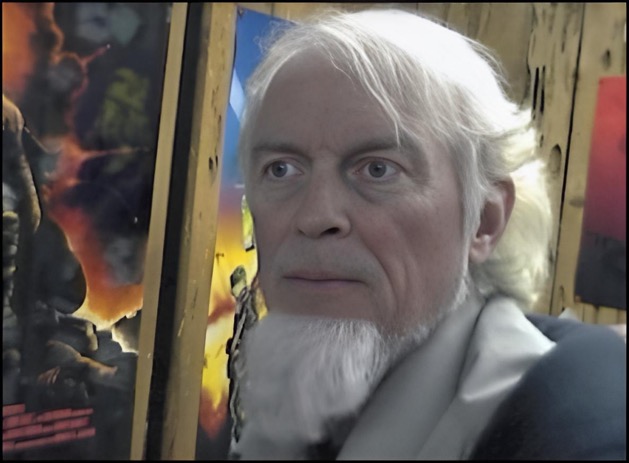
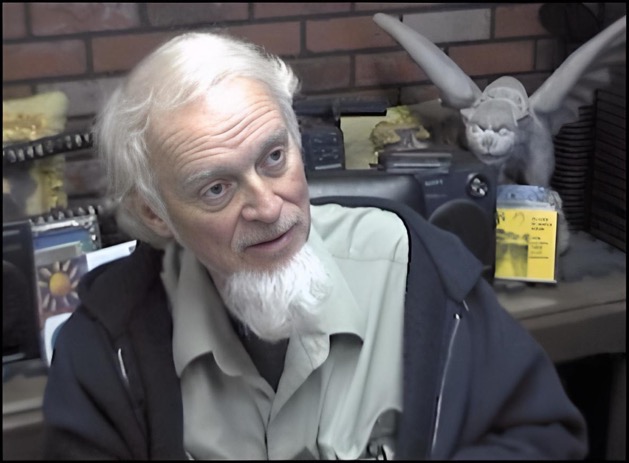
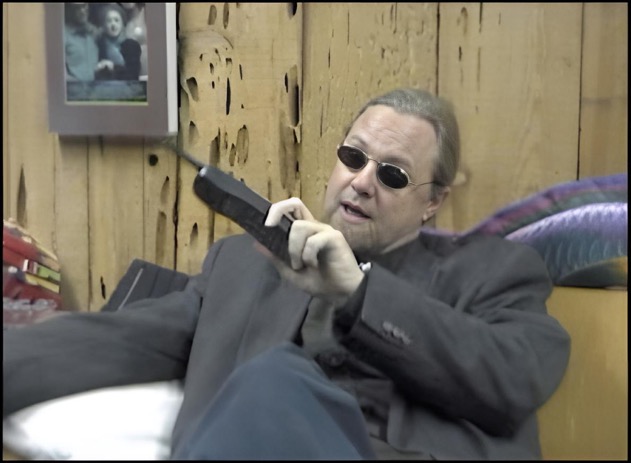
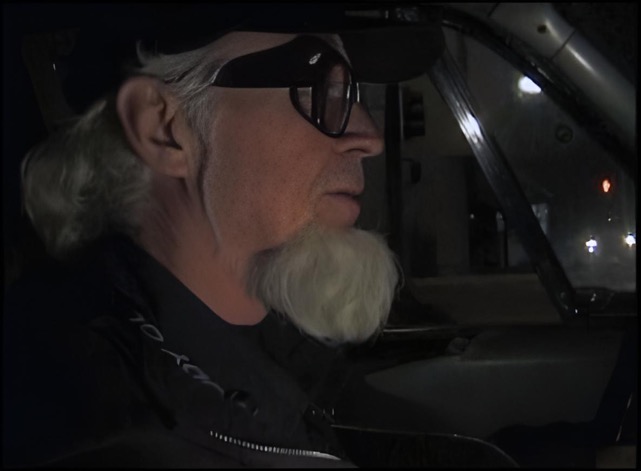
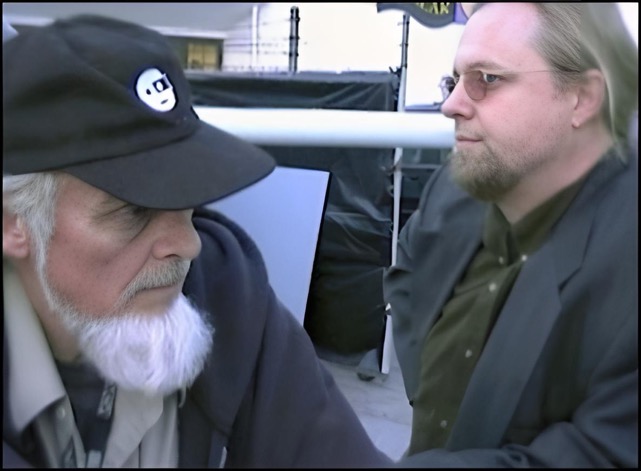
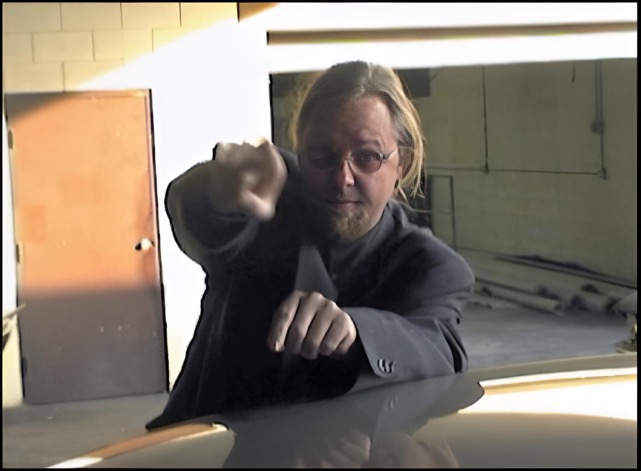


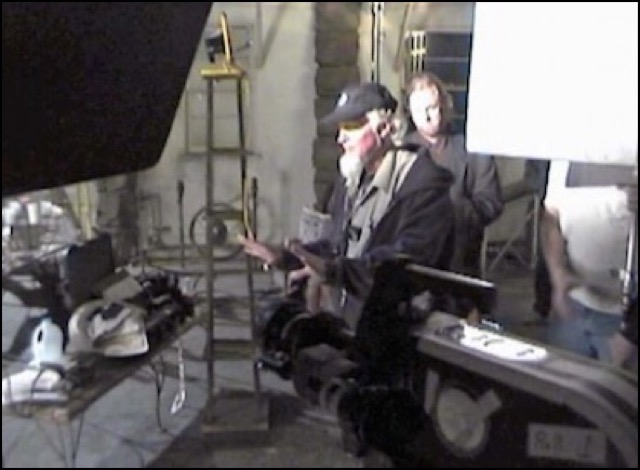
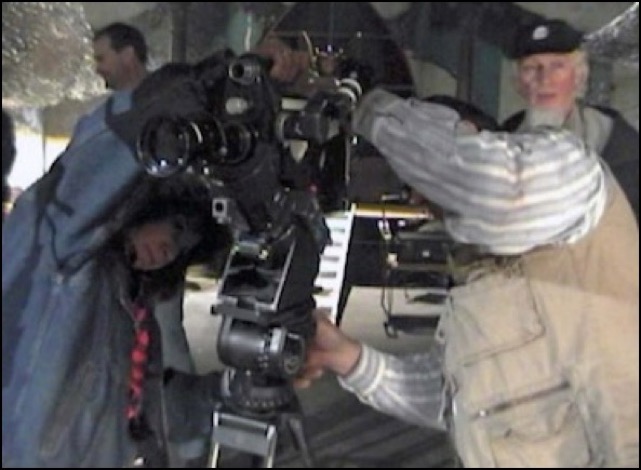
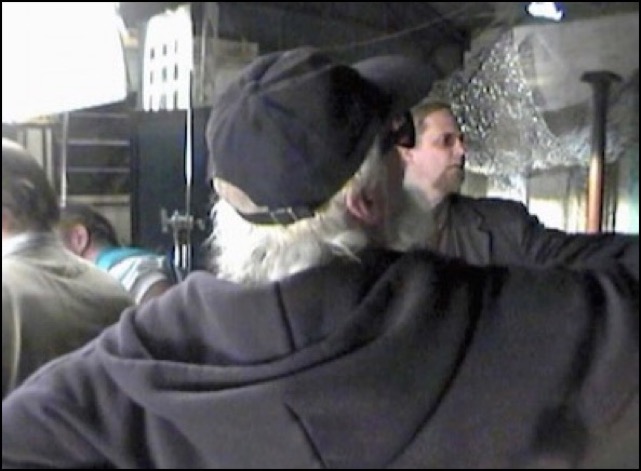
All Photographs Copyright © 1999—All Rights Reserved